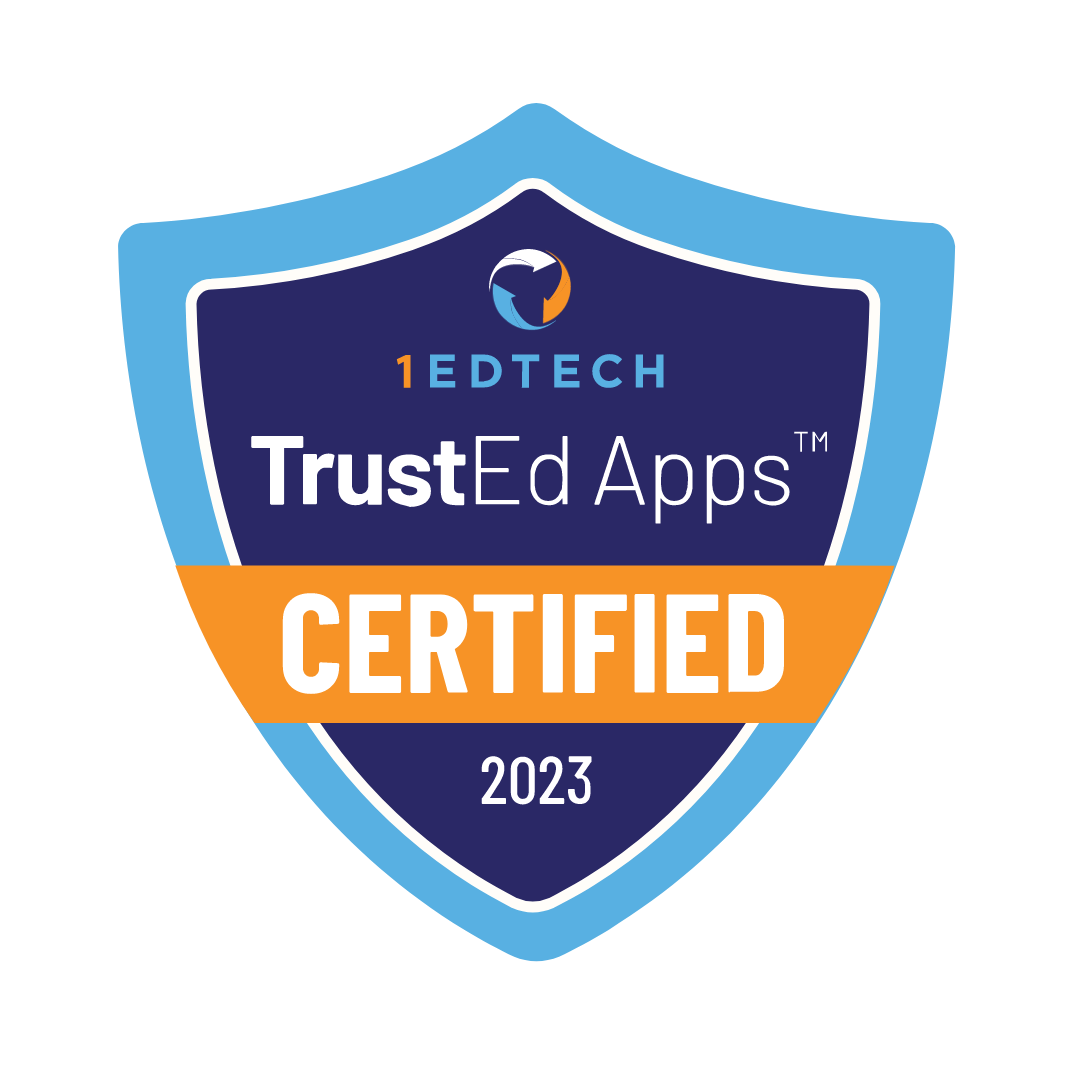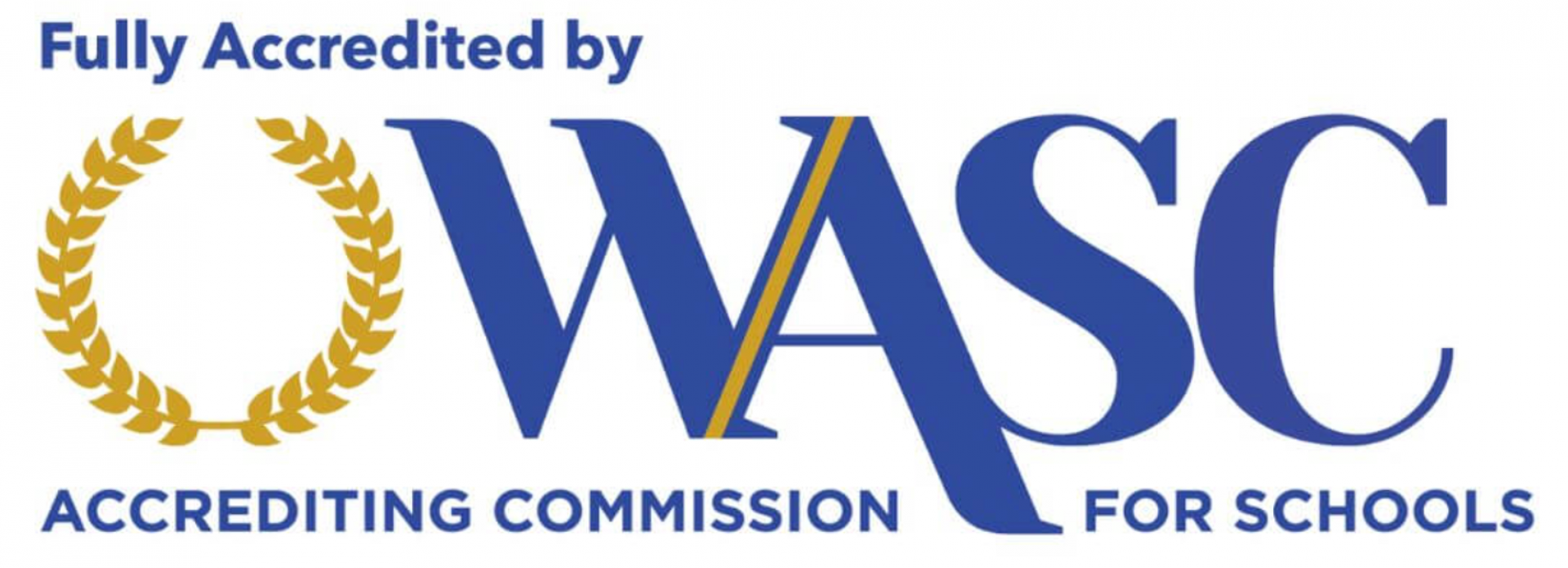Contents
- 1 Online School Statistics for 2025
- 2 Factors Students Consider When Choosing Online Learning
- 3 Online School Experience Statistics (Satisfaction, Performance, Dropouts)
- 4 Online School Pricing Statistics
Online School Statistics for 2025
Students are choosing online education more often. This type of education is no longer an innovation but a standard part of the education system, especially in higher education. Let’s look at the changes and what the statistics say about the number of enrolled students and online programs in higher education.

Key Insights (Emerging Trends and Innovations)
Online education is becoming a normal part of learning. It is no longer something new or rare but a standard choice for many students and teachers.
Accessibility, flexibility, and adaptability of educational materials to student needs are the reasons why over 50% of students choose this type of learning.
Various studies show many students improve their academic performance in online learning.
The highest demand is not for online or offline learning but for hybrid learning. This type of learning allows students to combine online and offline classes.
Online education offers more career-oriented programs. These programs are a way for students to find jobs after graduation quickly.
Online education brings more innovation compared to traditional learning, making it a popular choice. Online students have access to self-paced modules, allowing them to study whenever they want. Courses are available year-round, so there’s no need to wait for a specific enrollment period..
Online Learning Statistics in the US (2025)
Statistics show millions of Americans study online. More than 60% of students have completed at least one fully online course, and 1 in 3 college students is enrolled in a fully online program.
477 schools operated fully online during COVID (2019-2020), serving over 300,000 students across 40 states. Many schools continue to offer fully or partially online programs even after the pandemic. Many state-run virtual schools, like Florida Virtual School, have emerged by 2024. Students can enroll in virtual charter schools, often managed by companies like Stride or Connections Academy. These schools offer education for different grade levels and cover all grades.
Over 11.2 million college students in the U.S. have taken at least one online course. More than 60% of undergraduates took an online course in 2021. Over 50% continued to prefer it in 2022. College students in 2024 use online courses in their education regularly. More than 5.7 million students were enrolled exclusively in online programs in 2024.
The pandemic had a strong impact on education and shifted the focus to virtual learning. Less than 40% of college students in 2019 took online courses. This number exceeded 50% by 2022. Schools noted a growing trend in online education in 2023-2024. Over 200,000 students enrolled in online programs just in the first quarter of FY2024. These numbers keep rising due to the accessibility of online education and the flexibility it offers students. Many students in 2024 have returned to traditional learning, but a significant percentage still use online education.
Online Learning Enrollment Statistics (Growth and Trends)
Fewer than 300,000 K-12 students were enrolled in full-time virtual schools before the pandemic. Schools transitioned to virtual learning as the pandemic spread, ensuring safe education for all participants. Tennessee’s public virtual school enrollment grew from just over 10,000 students to more than 17,000 in the 2021-2022 school year.

The post-pandemic period brought back the trend toward traditional education, but online learning remains. Tennessee still educates over 12,000 students virtually. A Michigan report shows more than 150,000 students continue using online courses in some form.
Higher education deserves special attention, as the pandemic increased the demand for online learning in this sector. We have highlighted key statistics on higher education in the table below.
| Year | Percentage of Students Who Took at Least One Online Course |
| 2019 | 37% |
| 2020 | 100% |
| 2021 | 61% |
| 2022 | 53% |
| 2023 | 55% |
The table clearly shows the trend toward online education continues, with a much higher percentage of students choosing it compared to before the pandemic. 26% of higher education students opted for fully online learning only in 2022. A comparison with 2019 shows the demand for full online education has grown by more than 100%.

Online School Enrollment by State
State-by-state statistics vary significantly. We will review enrollment data for several states to understand the current numbers and situations:
- Florida Virtual School served over 230,000 part-time students and 12,000 full-time students during the 2020-2021 school year
- Michigan served over 150,000 students in virtual courses during the 2022-2023 school year
- Tennessee served over 10,000 students in public virtual schools with fully online education, and these numbers have increased each year
40 states had state-level or statewide online learning options in 2019-2020. Every state offers some form of online education by 2024.
States such as Florida, Texas, California, Ohio, Pennsylvania, and Michigan report the highest online enrollments due to large student populations and supportive virtual school policies. Some states have fewer students and more restrictions, leading to significantly lower enrollment numbers in their reports.
Online School Enrollment by Sex
Online statistics show a slight female majority in virtual learning. This gender difference is particularly noticeable in higher online education. A good example is Michigan’s virtual courses, which in the 2021-2022 school year showed 52.4% of students were women, compared to men. Another report shows 65% of undergraduate online program students are female. Many schools develop online programs targeted at working adults. Reports show most students in these programs are women, making up around 70% of all learners.
The reasons for this vary. Some women choose online education because they find it safer, while others prefer it for the independence it offers. Independence combined with the flexibility of online programs is especially important for working women. Women also tend to adapt more easily to online learning compared to men.
Online School Enrollment by Race and Ethnicity
Online learning statistics from Michigan show more than 50% of online learning respondents are White, and nearly 25% are Black or African American. This number may vary across different educational institutions. A government study on colleges also found over 50% of online students self-identified as racial/ethnic minorities. This statistic shows the number of white students is higher compared to traditional schools, while ethnic minorities, especially Hispanics, are less represented.
A National Education Policy Center (NEPC) report showed only about 40% of students qualify for free or reduced-price lunch. The number is 50% or higher in traditional schools. This shows fewer students from low-income families choose online education. The reasons may include their need for additional support or lack of awareness about online learning.
Analysis of statistics shows online education, like traditional education, promotes diversity, with students from various backgrounds enrolling despite some differences across states.
Online School COVID-19 and Post-COVID-19 Impact (2020–2024)
The pandemic affected the entire world and left a lasting impact on education, paving the way for online learning. Let’s take a closer look at how student enrollment percentages and numbers changed during this period:
- 77% of public schools used online education during the COVID-19 pandemic in spring 2020. 73% of private schools also switched to online learning but at a slower pace. 84% of college students had some or all of their classes moved to online learning. These numbers reached 100% as the pandemic spread
- Offline learning returned as the health situation improved, but by 2021, schools were still offering partial or fully online education. A Tennessee study shows this trend continued into 2024. Many schools are still operating partially or fully online
- Demand for online courses in higher education is 50% higher in the post-COVID era than it was before the pandemic
- The start of the pandemic brought mixed results, with surveys showing less than 45% of students were satisfied with online education
- Surveys in 2023 showed student attitudes changed, with more than 80% satisfied with their online education
The education sector received significant funding from investors to provide students with high-quality online learning conditions. COVID-19 brought many challenges to the world but had a mostly positive impact on education, driving the growth of online learning and creating new opportunities for students.
Factors Students Consider When Choosing Online Learning
Different factors matter to students. The table below presents key factors influencing their choices and the percentage of students who consider them important.

| Key Factor | Percentage of Students Who Consider This Factor Important |
| Cost and Financial Aid of Online Learning | 60% |
| Accreditation and Reputation | 75% |
| Flexibility of Online Learning Schedule | 63% |
| Student Support and Resources | 72% |
| Online Learning Program Length and Completion Speed | 55% |
| Career Outcomes and Job Placement after Distance Learning | 62% |
| Technology and Online Learning Platform | 68% |
Many students also say they choose this type of learning because it allows them to balance studies with other activities and responsibilities. More than 2 in 5 students mention this in various surveys.
Online School Experience Statistics (Satisfaction, Performance, Dropouts)
Satisfaction or dissatisfaction with online learning, performance, and dropouts affect many students. We will look at what statistics say about changes in these metrics:
- The results show over 80% of students are satisfied with their online learning experience. Other reports show nearly 60% of students are happy with online learning
- Some surveys also indicate over 70% of students not only find it satisfactory but believe online education is better than traditional learning. Students are often asked if they would recommend online learning to others, and their answer is most often yes
- Academic performance in online schools is often lower. The four-year high school graduation rate for full-time virtual schools is less than 70%, compared to around 85% in traditional schools
- A report from Michigan also shows online students have pass rates below 70% in online courses. Traditional students have higher pass rates
- Academic performance in some states is even lower. Oklahoma Virtual Charter Academy’s graduation rate was below 50%. The main reasons for this are often the need for a high level of self-discipline and low academic performance before enrolling in the school
- Academic performance in higher education shows online students perform similarly to traditional students. Online students also note significant improvement in soft skills like self-discipline
- Dropout and attrition rates are a major issue for many virtual schools. Students often enroll in courses, complete a semester, and then drop out, contributing to lower academic performance. Online colleges also report higher dropout rates compared to traditional colleges. Part-time students face challenges in completing their programs. The main reasons for this are often soft skills issues, especially a lack of self-discipline
This statistic shows most online students are satisfied with their experience, but dropout rates are high. Online learning requires a high level of independence, focus, and commitment.
Online School Pricing Statistics

This pricing data shows the educational market situation is complex. Resident students can attend public schools for free. College education is a significant financial burden for many. Let’s take a closer look at the cost of offline and online education to determine which is more beneficial for students.
Pricing: Offline vs. Online Learning (Cost Comparison)
Many believe online education helps students save money. Let’s compare the costs of online and offline education in the table below to see how it actually works.
| Category | Average Cost |
| Public On-Site Campus (Bachelor Degree) | $40,926 |
| Public Online Campus (Bachelor Degree) | $39,000 |
| Private On-Site Campus (Bachelor Degree) | $62,756 |
| Private Online Campus (Bachelor Degree) | $198,616 |
A closer look at the topic shows online education is not strongly different in cost from traditional learning. The cost difference is only about 5%. Many traditional schools offer online courses and communities to expand their programs for kids. Students pay less for these offerings. Some universities charge extra fees for online education.
On-campus students face additional living expenses, which can reach up to $12,000 per year. Traditional students also spend money on gas or public transportation to get to their classes. Online students don’t waste their money on this as they study from home.
Online students can complete programs faster than traditional students and often save on tuition costs.
The main advantage and key reason many kids choose online education is the lack of need for physical commuting and the associated costs. Online education surpasses traditional learning in many ways, but financial aid balances this gap. Unlike traditional schools, fewer online schools offer financial support.











